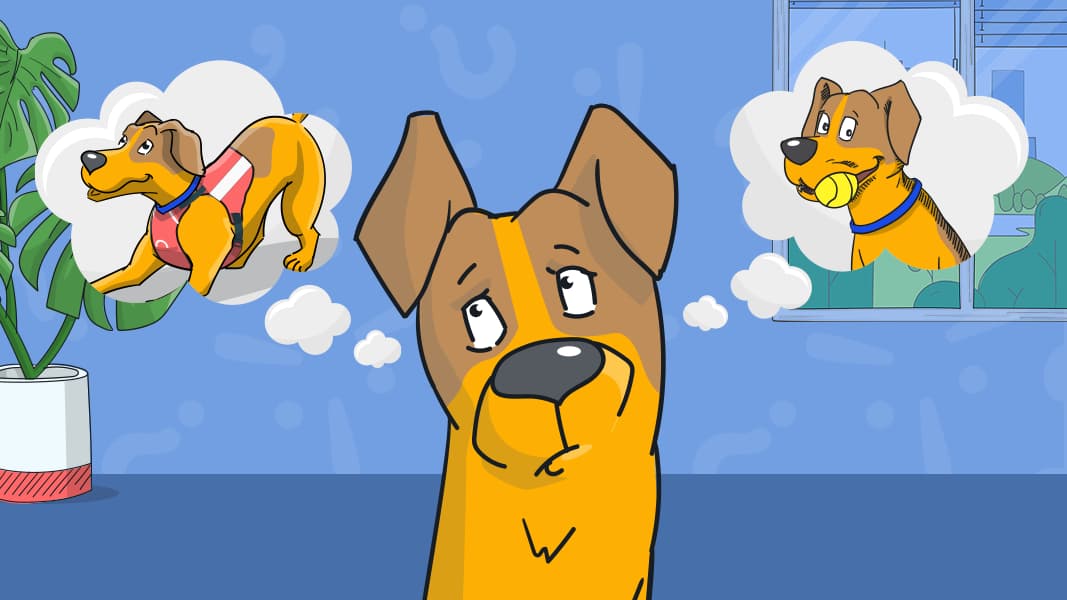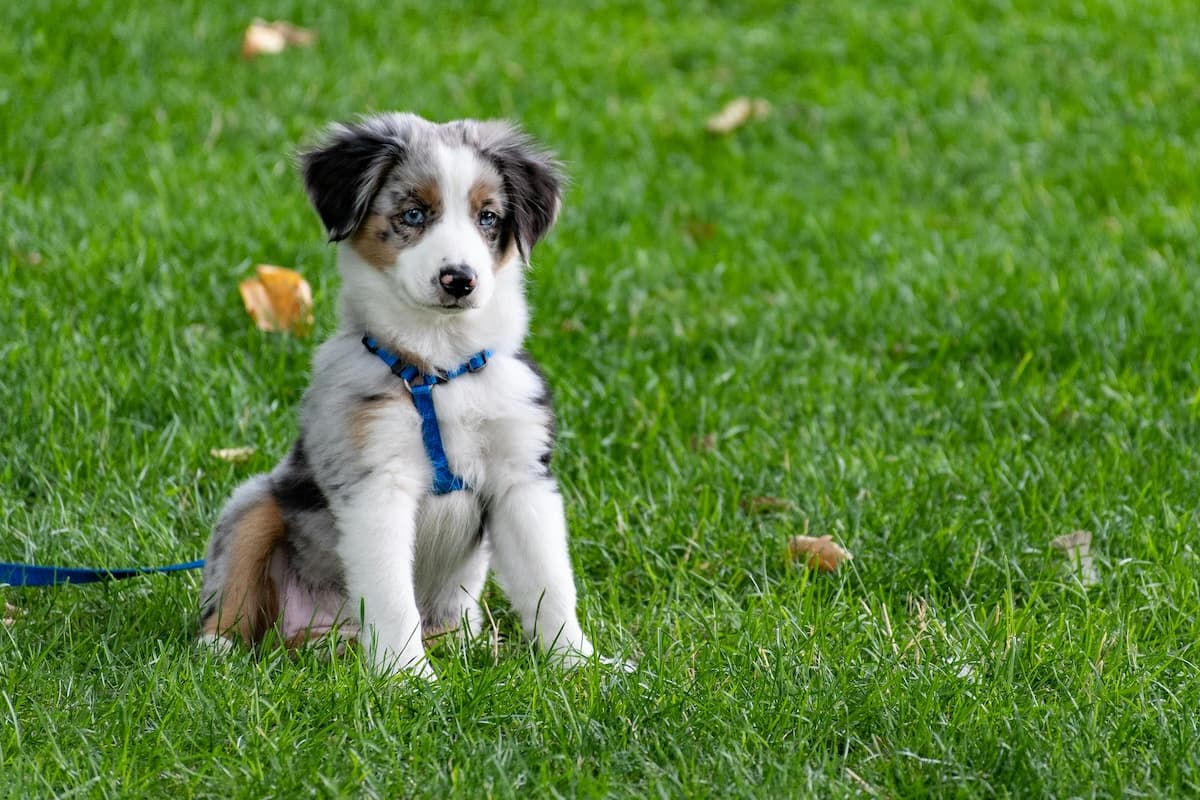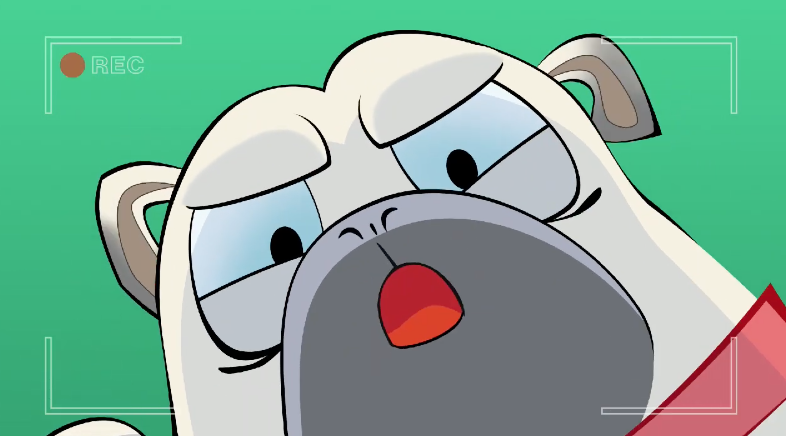

A New Leash on Life: What’s Better for My Dog, a Harness or a Collar?
They’re watching you, wagging their tail and getting excited. That tail’s working overtime because… it’s walk time! So, you head over to the cabinet to grab the… Wait a second. Collar or harness? What do you use at home? Why did you choose it? Is one better than the other? Could one even cause harm? So many questions, and so many opinions. We break it all down for you.

Writer Roi Kadosh
5 min read

Here’s a controversial statement- dogs are man’s best friends. They’re loving companions who share such an incredible bond with us, so maybe it’s no surprise that they’re also highly sensitive creatures. Every sound, smell, door knock, rustle from the dog park, stray cat, or (heaven forbid) a passing roach can capture their attention and trigger a reaction.
Collars and harnesses are designed to protect and keep our furry friends safe in a modern, noisy world filled with cars and e-bikes. And though most states don’t have laws explicitly mandating leashes, they all have laws and regulations forbidding loose dogs, often called “dogs at large” in legalese.
Grey (Dog)’s Anatomy
To start with, let’s understand which body parts are affected by harnesses and collars. A dog’s neck is similar to a human’s, in that it connects to the spine and contains sensitive, essential organs like the thyroid gland, trachea, and esophagus.
- Harness: Broad and fitted around the dog’s torso, it supports the chest and diffuses pressure through special attachments at the chest or back. This design reduces stress on the neck, throat, and windpipe. Pulling on a harness applies pressure to the chest area, minimizing the risk of injury. However, an ill-fitted harness can interfere with walking and cause chafing.
- Collar: Thin and positioned around the neck, it directs the tension solely to this area. Imagine a chain on your neck versus wearing a vest. Strong, sudden pulls on a collar can harm the dog’s neck and spine and potentially cause health issues in areas like the eyes and ears.

Ready for a biting debate? These are the pros and cons of each option.
The collar: Speaking a dog’s native language
- Evolutionary perspective: Ever seen a mother dog gently grip her pups by the scruff to guide them? The collar mimics this motion, resembling the light, nurturing nibbles of a mother. Gentle tugs on a collar replicate your dog’s mother tongue (pun intended).
- Communication: Some argue pulling on a collar is inhumane, as it can hurt the dog. But dogs aren’t people- they’re predators. With proper training, owners learn to tug gently, dogs learn not to pull, and the communication between both improves.
- Convenience: Collars are practical since they can remain on the dog at all times (unlike harnesses, which must be removed after walks). A collar also doubles as an excellent I.D. tag holder- simply attach your contact info to it, and voilà, instant identification.
- Comfort: Collars are less restrictive for the dog, allowing more freedom of movement, like chasing a Frisbee or squeezing under a table to snag a crumb.
The catch: While collars have many advantages, strong and sudden pulls on them can cause serious injury to a dog. Owners need to learn proper leash-handling techniques. Additionally, dogs with neurological issues or sensitive nervous systems might benefit from the added support and security of a harness.
The harness: A supportive vest
- Safety: Covering the chest, shoulders, and upper back, a harness distributes leash pressure evenly, significantly reducing the risk of injury from aggressive pulls.
- Work mode: Believe it or not, harnesses can signal “time to work” for dogs! Think of them as a uniform. Picture a Siberian Husky pulling a sled in Lapland or a guide dog leading the way- they’re in “on duty” mode!
- Behavioral impact: Since harnesses encourage pulling, they can create static movement patterns, making it harder to use them for correction or training. Collars, on the other hand, allow for nuanced communication and punishment when needed.
- Health considerations: Dogs with wrinkled necks or flat-faced breeds (like Bulldogs or Pugs) are prone to respiratory issues. For them, a harness is preferable, as collars can put excessive pressure on the neck area.
The catch: While harnesses may feel safer, they can restrict movement and impede learning during training. Also, poorly fitted harnesses or those with thin straps can cause painful chafing, especially under the armpits.
So, what’s better for training?
A collar is often the preferred tool for training. It’s less bulky, giving dogs more freedom to focus on the training process. Collars also promote better communication between owner and dog by keeping the dog attentive and responsive to commands. However, proper leash-handling and consistency are key in any training process.

Different types of collars and harnesses
Here’s the truth: there’s no one-size-fits-all solution. The choice of collar or harness depends on your dog’s specific needs, as determined by a professional dog trainer. Some dogs start with a harness and then switch to a collar, or vice versa, as part of their learning or for health reasons.
The bottom line: collar or harness?
It depends on your dog’s breed, pulling tendencies, physique, level of training, and even your personality as an owner. This decision can evolve as your dog grows and you both learn together. Just make sure that before you buy either a collar or a harness, always consult a trainer first.
The choice of collar or harness is entirely up to you and your specific dog, but there’s one thing all dogs need, regardless of size, breed or preference- Animalia’s dog insurance, which gives them protection against diseases and injuries, plus stuff like behavioral therapy and hydrotherapy. Because with Animalia, basic coverage is anything but basic.





We offer the most
comprehensive coverage
out there
car with a spare tire for life’s bumps.
Having Animalia is like a pimped-out
Rolls Royce with a swimming pool
in the trunk.



Get your pet insurance quote
Pet type
- Dog
- Cat
What is your pet's name?
Zip code





